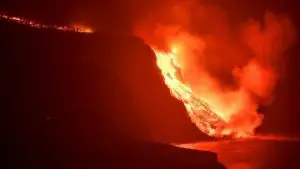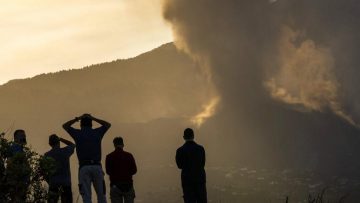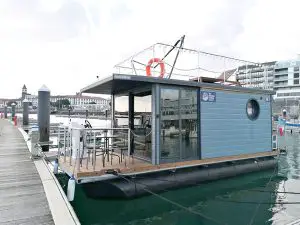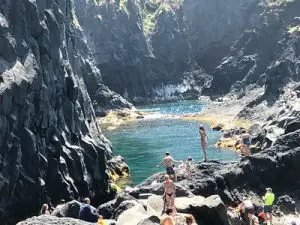Volcano particles arrive in the Azores
Reduction in visibility

Açoriano Oriental in the Azores report that the Portuguese Weather Institute, IPMA, have confirmed that particles from La Palma volcano have reached the Azores
The Portuguese Institute of the Sea and Atmosphere (IPMA) confirmed today that some of the particles emitted by the volcano of Cumbre Vieja, in La Palma, will have reached the Azores, causing a “significant reduction in horizontal visibility”.
In a statement, the IPMA reveals that following the eruption of that volcano, since September 19, “gases and particles have been emitted into the atmosphere” that “are transported over long distances”.
“According to the forecast results of the atmospheric monitoring service of the Copernicus program (CAMS), some of these particles will have arrived in the Azores archipelago in the form of sulphate aerosol”, adds the press release.
“Sulphate aerosol” travels from La Palma to Azores

IPMA emphasizes that the sulphate aerosol “results from the liquid phase reaction of sulphur dioxide with water”, forming “small liquid particles”.
These particles, which can be “transported by the wind”, have “optical properties that contribute to a greater dispersion of light and, consequently, cause a reduction in visibility”.
“Since the past 29th, IPMA observations confirm a significant reduction in horizontal visibility by these particles in the central and eastern groups of the Azores, which are expected to be found mainly in a layer below 800 metres in altitude”, the statement said.
IPMA also observes that the “high humidity” registered in the Azores will have “increased the size of the particles”.
Today, the Portuguese Institute of the Sea and Atmosphere (IPMA) said it was studying the possibility that a chemical reaction caused by the volcano of La Palma was creating a “fog” around some islands of the Azores, a possibility that has now been confirmed.
The Cumbre Vieja volcano is located on the island of La Palma, one of the islands in the Spanish archipelago of the Canaries, located in the Atlantic Ocean, off the coast of Morocco.
The volcano’s eruption began on September 19 and forced more than 6,000 people to flee their homes.






